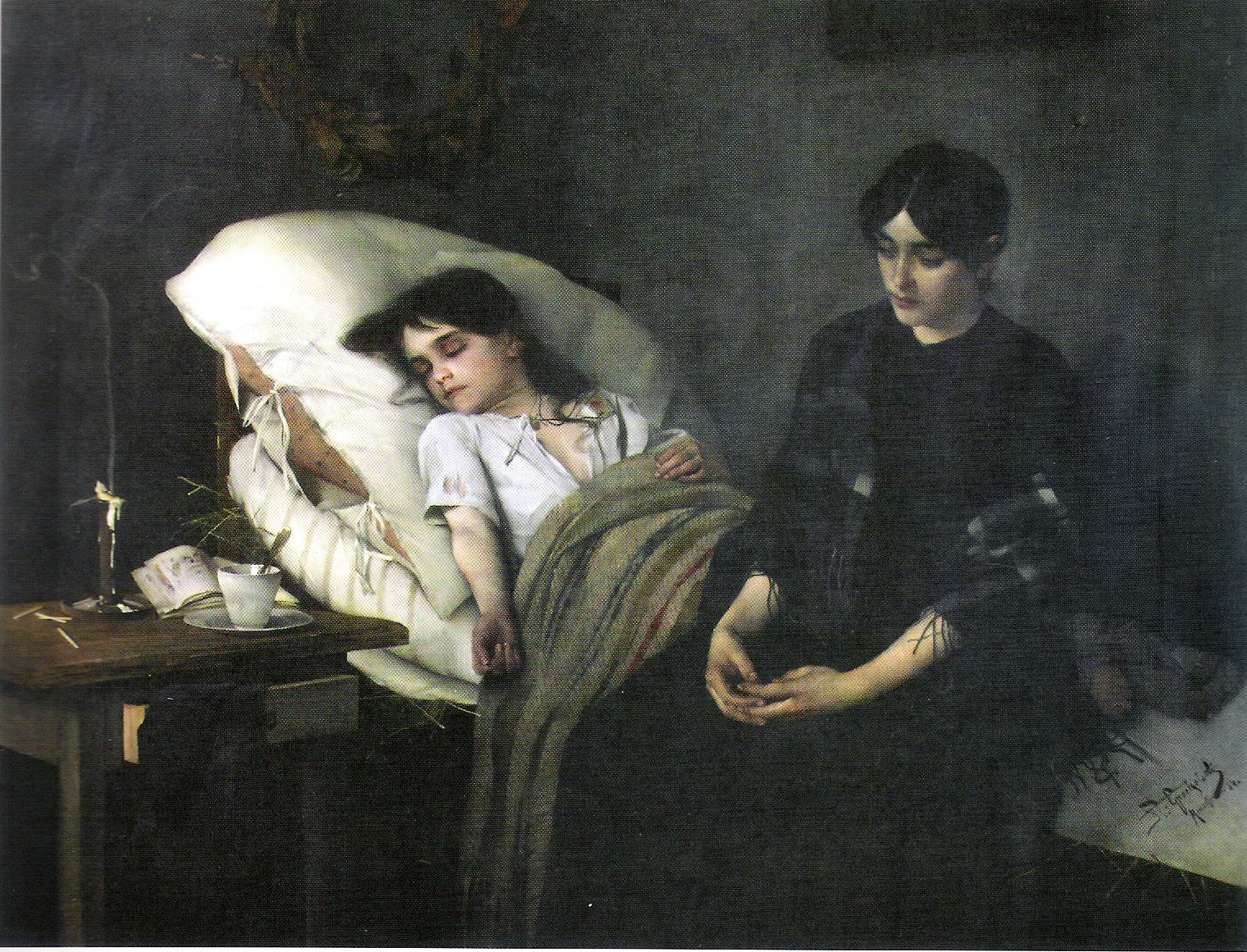

By launching the deliberately ambiguous concept of existential security, the article outlines a research agenda for how we may approach these tendencies.

As such it is both de-sequestered and deferred.

This article argues that today death is far from the hidden supplement to culture as Zygmunt Bauman contends or that it is even making a mediated return to us, but is rather ubiquitous in the digital age. Spanning a heterogeneous terrain, the ‘digital memory ecology’ comprises among other things the construction of a digital afterlife, commemorative communities of grief and remembrance, interaction in guest books, digital candles and commentary fields on digital memorials. This article will revolve around what we may learn about media and death from the vantage point of how memory cultures are currently being transformed. Death is everywhere in the media age: in news, in fiction, and not least in the budding practices of sociality and memory on the internet. It is often claimed that modern media massively return the repressed yet unavoidable fact of death, which modernity had institutionalised and placed out of sight. The television broadcast of Eusébio's funeral - it is claimed - constitutes a key example, in the Portuguese society, of the integrative dimension of public events. Media events are still a powerful example of how media plays a major role on social integration and national identity. Analysing the live coverage of the funerary ceremonies of Eusébio, the Portuguese world-wide football legend, we address this major social occurrence approaching it as a death media event, a public mourning ceremonial and a tele-ritual. Does this mean that integrative and ceremonial media events are condemned to disappear? What about media rituals and collective consensus? In this chapter, we argue that the Media Events category is not just an invaluable frame to understand contemporary television but it is also a vital process on the way societies re-work their solidarities, negotiate collective belonging and publicly stage social rituals.

The shared experience of broadcasting is thus taken by disenchantment, fragmentation and individualization. Media ecology is characterized today by the frequent airing of disruptive events.


 0 kommentar(er)
0 kommentar(er)
